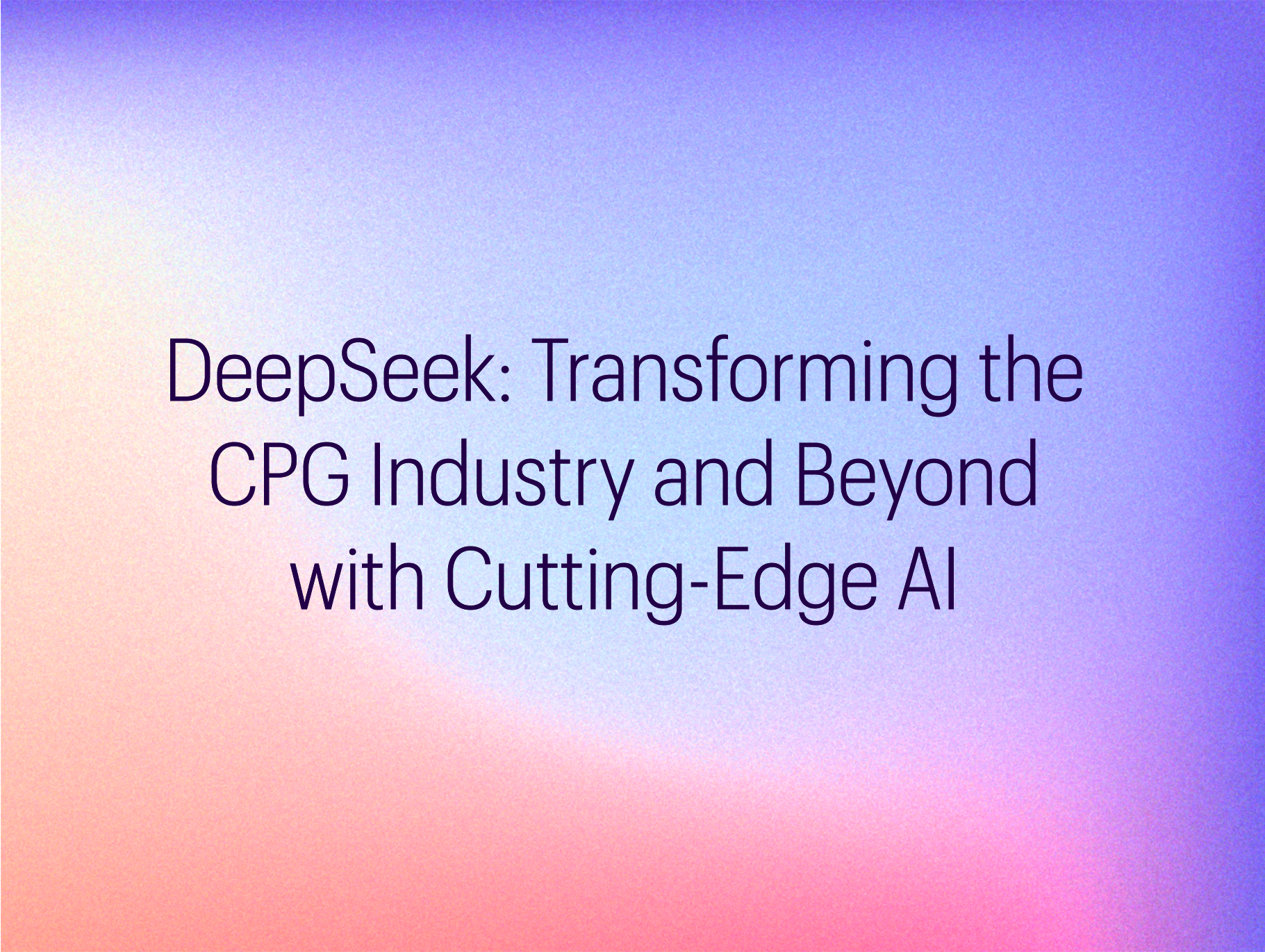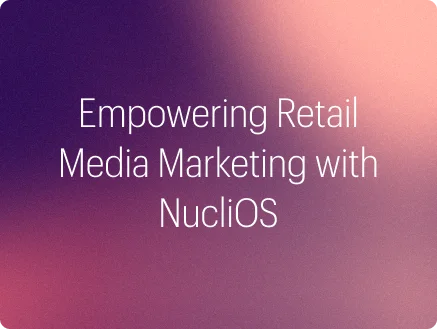In today’s hyper-fragmented media landscape, every marketing dollar counts, and every decision about where to spend it can impact growth. For years, enterprises have relied on Marketing Mix Modeling (MMM) to measure media effectiveness, helping them decide on investments across channels like social, digital, traditional, and more.
But there remains a problem. MMM was built for an era when annual or even quarterly insights were “fast” or “relevant” enough. Today, that pace is a luxury most brands can’t afford. Media performance has taken a dynamic form that CPG companies struggle to grasp. The expectation is to respond to market shifts instantly, not months later.
Traditional MMM Models – The Short-End of the Stick
For most mid-sized CPG companies, MMM is often outsourced to third-party providers and relies on off-the-shelf tools, which lack customization and transparency. This results in reactive rather than proactive strategies. It is a staggered race in which you are always one step (or many steps) behind while the market continues to move on.
In contrast, large-sized enterprises invest heavily to build in-house MMM capabilities. While they are most customized and transparent, these models often operate in isolation and fail to integrate with critical components such as Multi-Touch Attribution, Retail Media Measurement, and more. Breaking this cycle of isolation requires a unified marketing ecosystem.
From Siloed Models to a Unified Marketing Ecosystem
At MathCo, we help brands break free from this dependency by building unified marketing ecosystems. These are integrated systems in which all measurement tools work together instead of in silos.
Why does this matter? Because MMM alone can’t tell the whole story. To unlock maximum impact, brands need multiple connected solutions that are not competing but complementing each other.
Our connected measurement framework focuses on three core objectives:
- Strategic budget planning – Optimizing spend dynamically, not just annually.
- Granular attribution modeling – Pinpointing what’s really driving outcomes across every touchpoint.
- Continuous experiments – Always-on “test and learn” programs that inform decisions in near real time.
These elements can’t work in isolation. Insights from experiments should inform your marketing models. MMM findings should refine your campaign optimization. Retail media measurement should connect with brand engagement tracking. When they all talk to each other, you create a marketing intelligence system that has life and can thrive.
What a Connected Approach Looks Like

Imagine a scenario where your business leaders and decision-makers work without communication, making decisions while keeping each other in the dark. The outcome is not desirable. The best decisions are made when everyone is aligned, connected, and collaborating. A unified marketing ecosystem does just that. Here, MMM works alongside:
- Multi-Touch Attribution (MTA)
- Retail media measurement
- Always-on campaign optimization
- Brand engagement tracking
- Synthetic creative testing
- “Test and learn” experimentation
When all these systems are connected, the outputs from one become the inputs for another. For example, a “test and learn” campaign might uncover a high-performing channel mix — MMM then validates its long-term impact, MTA fine-tunes targeting, and retail data confirms whether it’s driving category share.
This isn’t just integration for efficiency’s sake. It’s about creating a self-improving marketing intelligence engine that keeps your strategy ahead of market changes.
The Way Forward
The future of marketing measurement isn’t about choosing between MMM, MTA, or any other tool. It’s about ensuring they’re all connected. A unified marketing ecosystem turns measurement into intelligence, and intelligence into growth.
In a world where every dollar matters, the brands that win will be the ones whose analytics aren’t just powerful — they’re connected.


